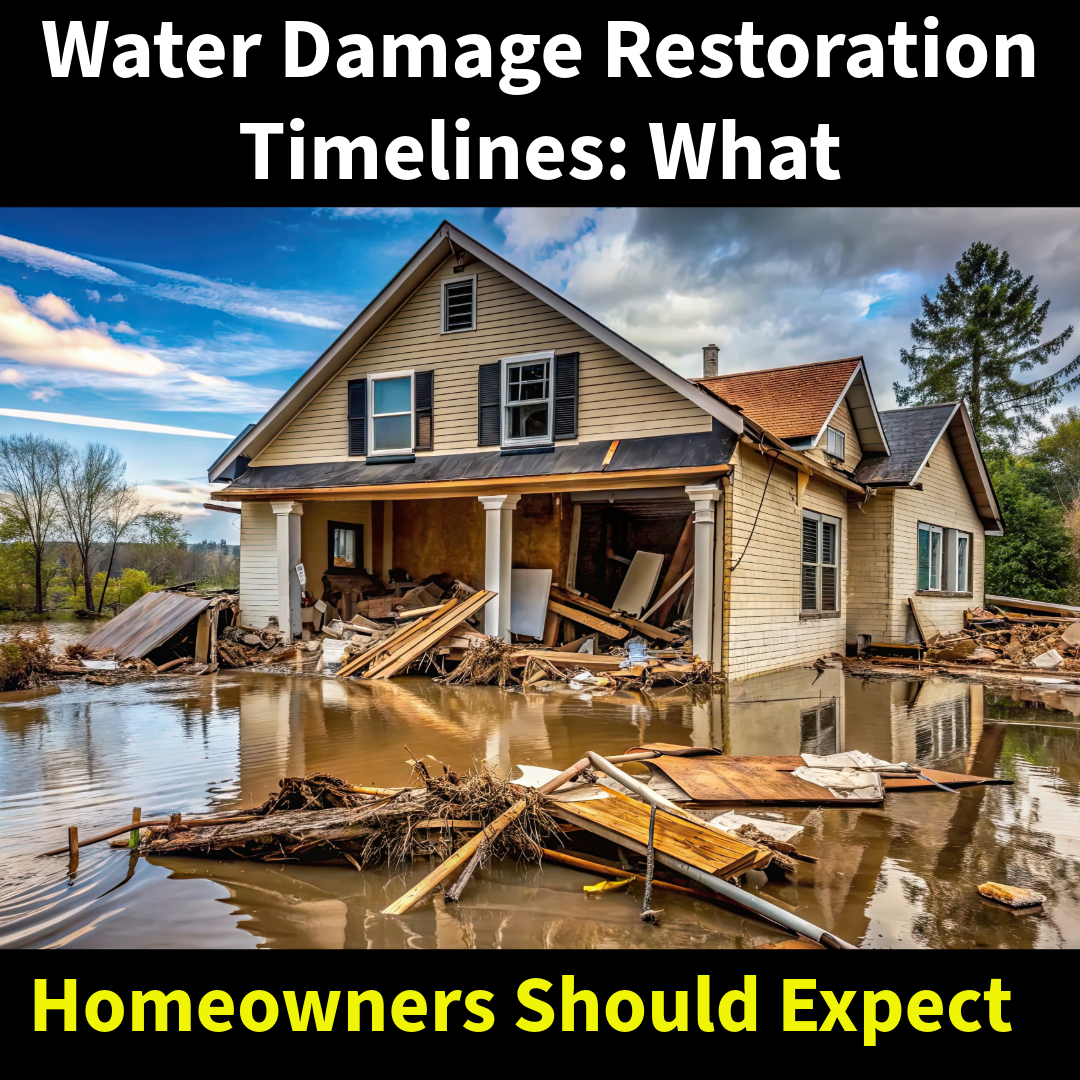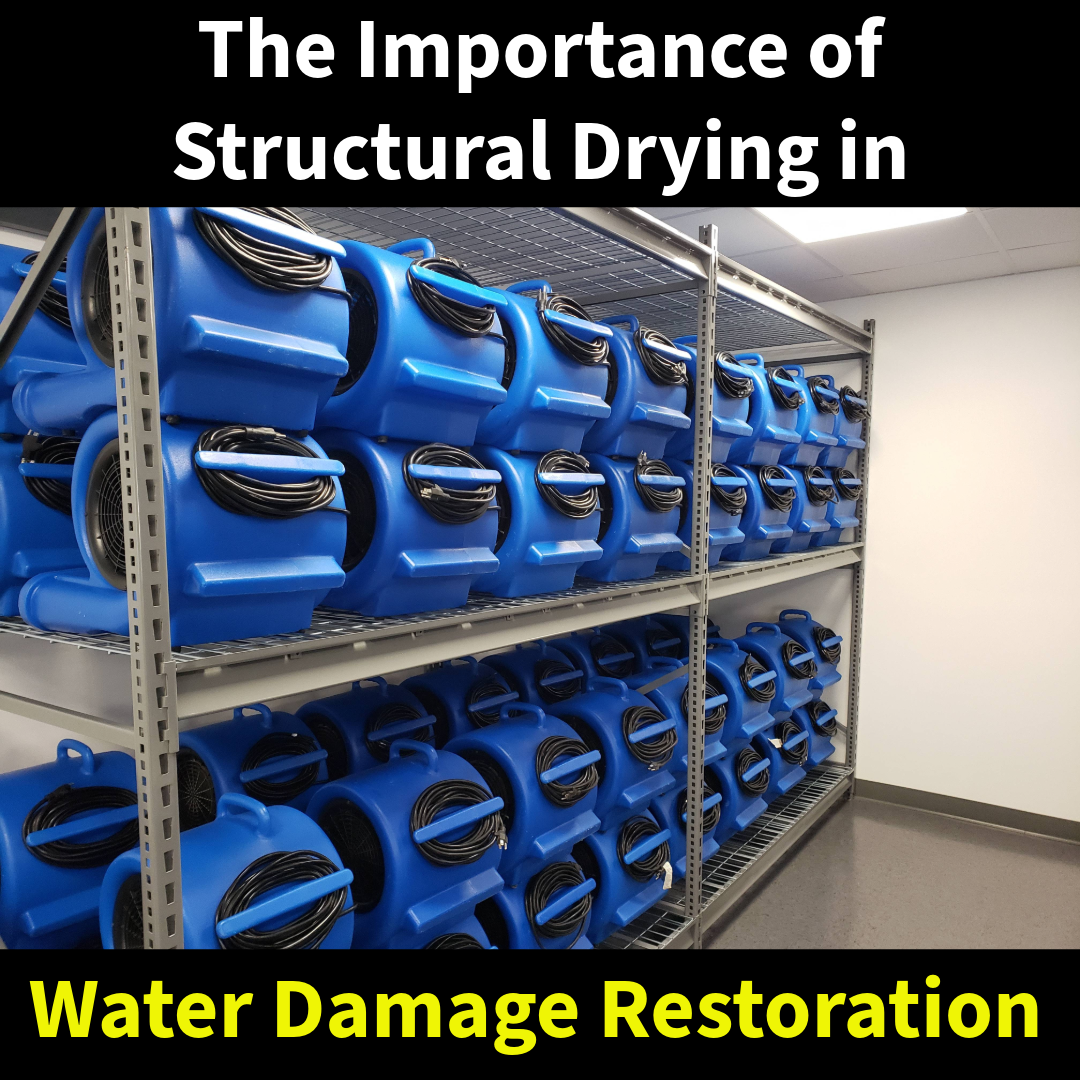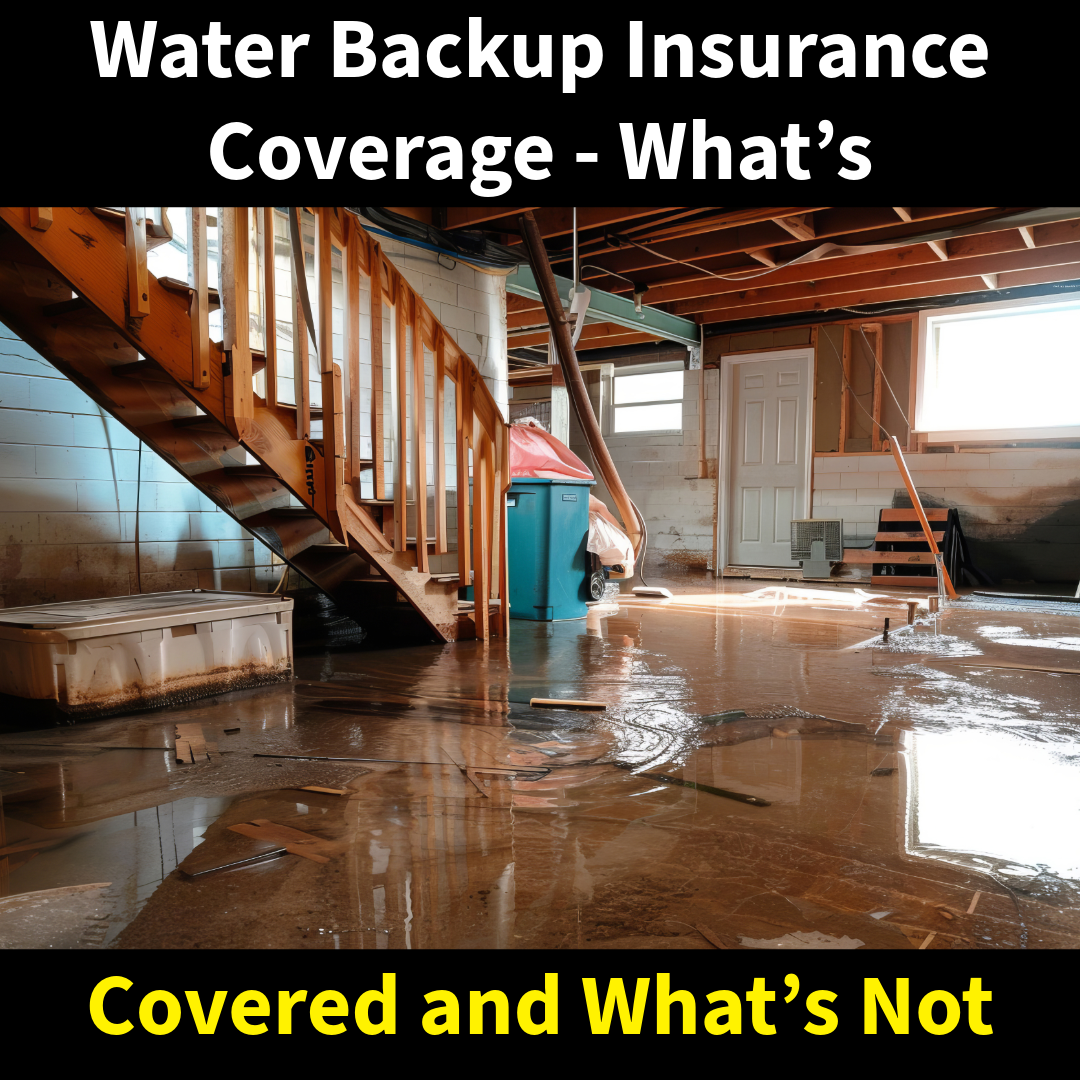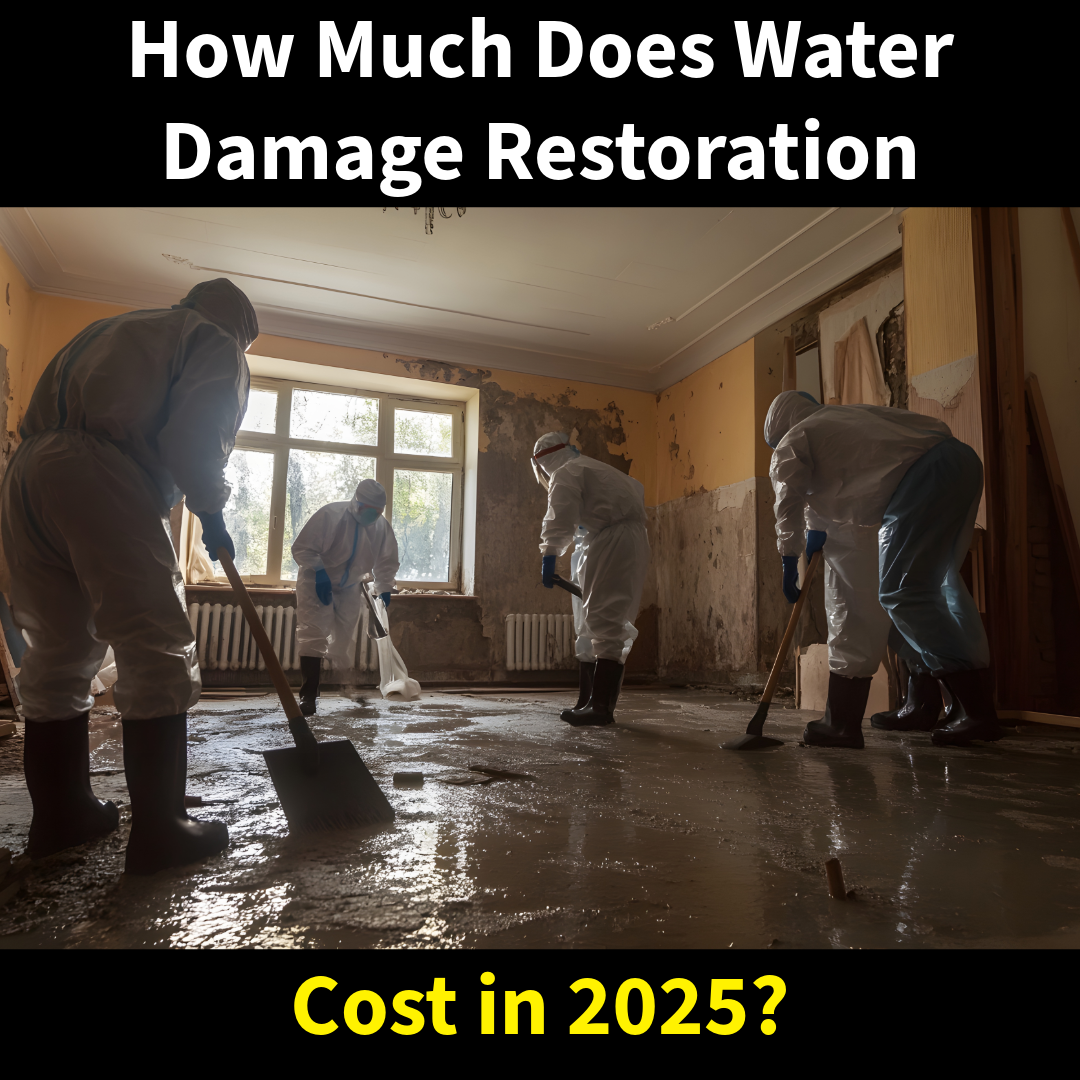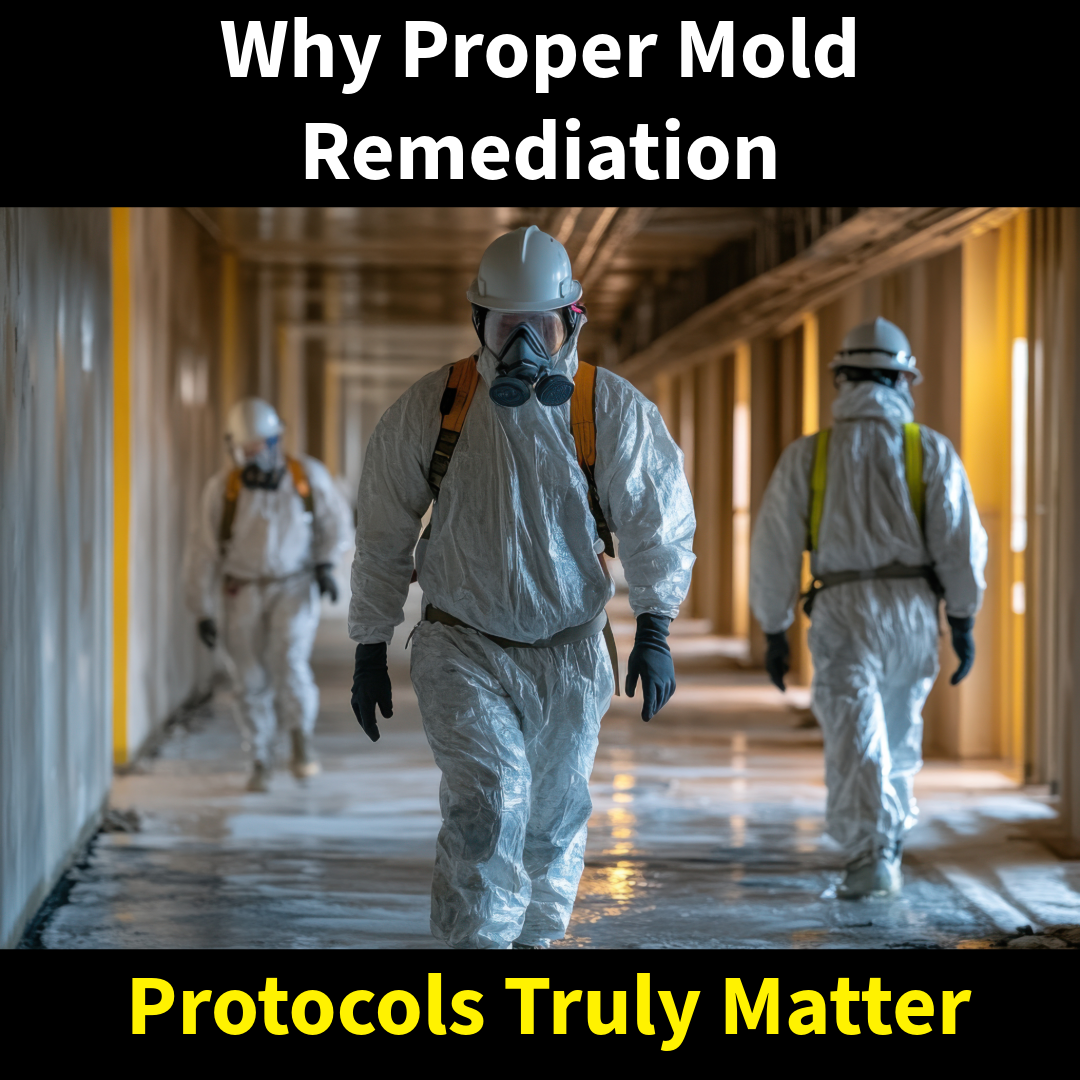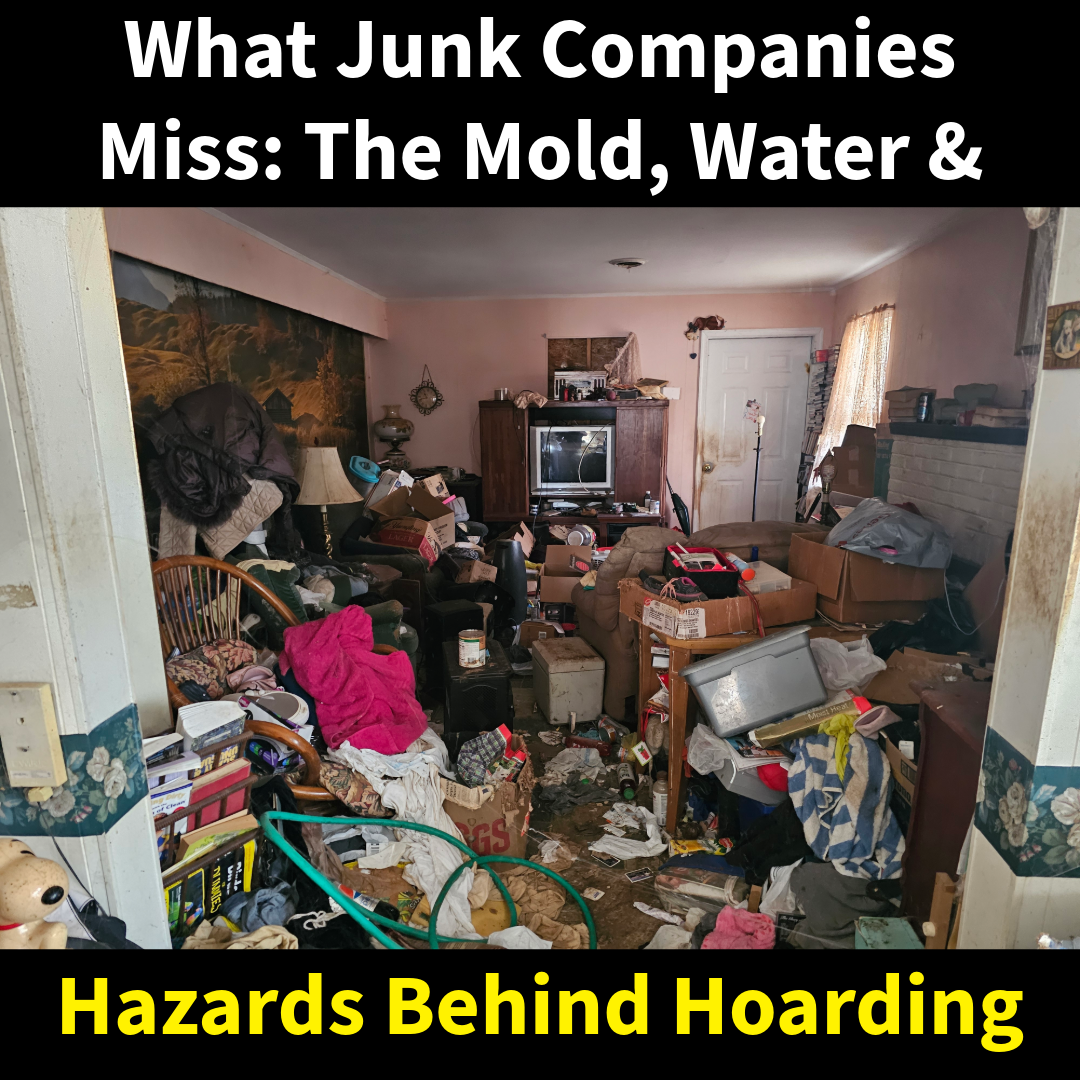When disaster strikes, homeowners are often overwhelmed—especially when it comes to navigating insurance claims and choosing the right restoration company. A recent case in Philadelphia highlights exactly why who you choose matters just as much as what happened.
The Incident: A Sprinkler Leak Gone Wrong
A homeowner in Philadelphia experienced a water loss when a sprinkler head on the third floor malfunctioned. Water poured down from the bedroom, into the second-floor kitchen and living area, and eventually made its way into the basement.
The homeowner did what most people do—she filed an insurance claim. The insurance company quickly recommended one of their preferred vendors, a national restoration franchise.
What Went Wrong
The franchise vendor responded by placing more than two dozen fans and four dehumidifiers throughout the house—but only removed a small section of drywall in the basement. Despite water clearly traveling through multiple floors, they didn’t open up the kitchen walls, bedroom areas, or inspect insulation behind walls. After five days of this “dry out,” they packed up their equipment and called it a job well done.
But the homeowner wasn’t convinced.
She was concerned about the lack of thoroughness, the potential for future mold, and the real condition of her home. That’s when she called MSI for a second opinion.
What We Found
Our team conducted a full moisture inspection and quickly discovered:
- Wet drywall that hadn’t been removed
- Insulation behind walls that was still saturated
- Elevated humidity in multiple areas, indicating incomplete drying
We immediately began proper remediation:
- Removed all wet drywall and insulation in affected areas
- Properly dried the structure using calibrated equipment
- Conducted post-dryout moisture testing to verify the home was safe and sound
The Bigger Picture: Why This Happens
This story is far too common—and it reveals some uncomfortable truths about the restoration industry:
- You can choose any restoration company you trust. You’re not required to use the vendor your insurance company recommends.
- Franchise vendors often work in the insurance company’s interest. They may maximize fan rental time for profit while avoiding necessary demolition, because less demolition means lower reconstruction costs for the insurer.
- They rarely prioritize long-term health. Without proper removal, trapped moisture behind walls leads to mold—but mold remediation down the line is your problem, not theirs.
Final Thoughts
This Philadelphia homeowner avoided a serious mold issue by trusting her gut and seeking a second opinion. Unfortunately, many others aren’t so lucky. When dealing with water damage, thoroughness matters. A rushed or partial job can lead to thousands in future repairs, mold remediation, and health concerns.
At MSI, we don’t cut corners. Since 1998, we’ve helped homeowners across Pennsylvania, New Jersey, and Delaware restore their properties the right way—from emergency water damage response to full structural drying and mold prevention.

